Last Updated on September 16, 2024
Ramp up your foraging game with these delicious and useful wild herbs.

Have you fallen for foraging? Love gathering edible wild fruits and greens? Then you will absolutely adore the huge array of wild herbs you can gather this season to enjoy in tasty teas, soothing syrups and medicinal tinctures. Some can even be found in winter!
Read on to learn about the top herbs you can forage for homemade medicine all year round.
WHAT TO DO WITH WILD HERBS
A few wild herbs are used in cooking, but most are considered medicinal and can be made into wild tea, syrups, tinctures, and other medicinal preparations.
The herbs below have a wide variety of medicinal uses, ranging from supporting digestion to alleviating pain. Some are herbs for coughs, while others are calming herbs helpful for addressing stress. Whether you’re looking for herbs that boost the immune system or herbs for colds and flu or just a yummy cup of tea, check out the herbs you can forage throughout the year.
To make this resource as useful as possible, I’ve organized them roughly in the order they appear each season.
–> Not able to forage these wild herbs yourself? You can find many of them at natural food stores or online. The top source for herbs is Mountain Rose Herbs, which sells extremely high-quality herbs and herbal products. You can also get excellent herbs through Starwest as well as on Vitacost, Amazon and other online retailers, including small enterprises on Etsy.
SAFE FORAGING & USE OF WILD HERBS
First things first, you ALWAYS need to make sure you’re correctly identifying and using any plant. People often assume any purple berry is an elderberry, while many are in fact quite poisonous. Further, though some parts of a plant may be valuable medicinally, others may be toxic. For instance, while the berries and flowers of the elderberry plant are safe to consume, the leaves, bark, and roots can make you very sick.
Last, many herbs are contraindicated for certain conditions or medications. It’s very important to check with your physician before taking a new herb if you have a medical condition or are taking prescription medications.
So before you start harvesting wild herbs, make sure you do your homework: Correctly identify the plant, learn which parts of it are used, and read carefully about who should not use it.
Here are the best foraging books I’ve read, and these are my recommendations for the best herbalism books.
One excellent way to learn more about foraging is to take the Herbal Academy’s online foraging course. Find out more by clicking the link below.
WILD HERBS TO FORAGE IN SPRING
Springtime delivers a delightful range of fresh plants to forage for food and medicine as the season unfolds. Many early wild plants offer nutrients our bodies crave after a winter without fresh greens,
CREEPING CHARLIE / GROUND IVY
Creeping Charlie, also known as ground ivy, is one of the first medicinal herbs to appear in spring, often staying green under the snow. This undervalued herb is an excellent cold remedy, and has also been used for pain relief, digestive issues, bruises, and many more complaints. Here’s what to know about creeping Charlie uses as well as creeping Charlie look alikes to know about.
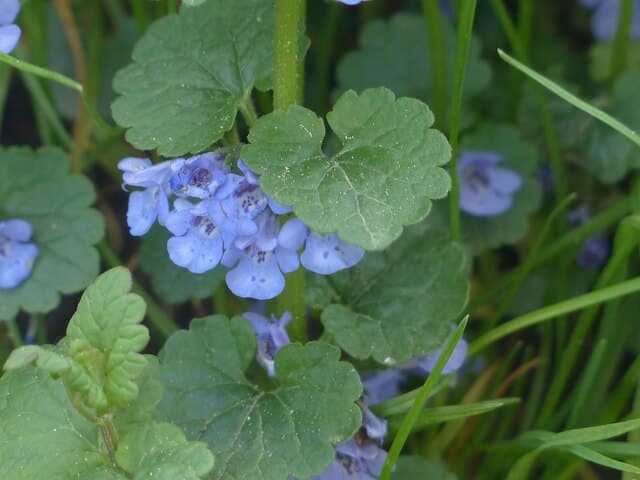
DANDELION
Dandelions provide three different herbs: dandelion flowers, dandelion leaves, and dandelion root. While the root is typically harvested in fall, you can harvest the leaves as soon as they appear. You can enjoy them as a bitter green (great for digestion), or brew them into a surprisingly pleasant tea. Here’s how to make dandelion tea and here are 35 creative ways to use dandelions.
Dandelions are prized for their detoxifying abilities, and their sunny blooms make fun additions to salads and baked goods. They’re among the many edible flowers worth exploring.
CLEAVERS
Cleavers are considered especially useful as a “spring tonic” herb, helpful for supporting the body’s natural detoxification processes. Best used fresh, cleavers are typically juiced or tinctured. Here’s how to identify and use cleavers herb.
CHICKWEED
Another tonic green, chickweed is often consumed in salads and used to soothe skin conditions. In A Modern Herbal, Maud Grieve recommends using chickweed as a poultice or in ointments.
NETTLE

Both stinging nettle and its cousin Canadian wood nettle are recommended for alleviating seasonal allergies and as diuretics. You can enjoy nettles as a cooked green, or make tea from fresh or dried leaves. Tincturing nettle is another popular option. Here’s how to make stinging nettle tincture.
GARLIC MUSTARD
Garlic mustard is a flavorful wild herb that’s so invasive, you’ll be doing the world a favor by gathering up loads of it. It may be used as an antiseptic or to soothe insect bites. Here’s more on foraging and using garlic mustard
VIOLETS
Beautiful wild violets are a terrific medicinal herb to gather in spring. Though the flowers aren’t around long, you can use the leaves throughout the season. Both are used medicinally as a soothing demulcent for homemade cough syrups, and they’re considered useful for stimulating the lymphatic system and for their laxative effect, among other uses. Here’s more about using wild violets.
Check out our new t-shirts for plant lovers like you!
LINDEN BLOSSOMS
Lovely linden blossoms are abundant in late spring. A delicious-tasting antispasmodic and nervine, linden is a useful herb for soothing coughs and frazzled nerves. I like to combine linden with other herbs for sleep in evening tea blends.
Here’s more about linden from Herbal Academy.
HONEYSUCKLE FLOWERS
Sweet-smelling honeysuckle flowers can be made into delicious teas and syrups that can be enjoyed as food or used for addressing bacterial and viral infections. A useful anti-inflammatory, honeysuckle is considered especially beneficial for respiratory infections.
Find out more about using honeysuckle in this collection of honeysuckle recipes
HAWTHORN

A powerful antioxidant, hawthorn offers three distinct wild herbs for the forager to gather. The leaves and flowers are collected in the spring, and the ripe fruits are gathered in fall.
Don’t overharvest flowers and leaves, or you’ll reduce the yields of hawthorn berries in fall.
Leaves and flowers can be dried for tea or tinctured. The flowers can have a strong fishy scent, so they’re not everyone’s first choice for tea, but give them a try and see what you think. The berries are far more enjoyable in tea.
Hawthorn is considered a premier herb for cardiovascular health. Learn more about hawthorn and get the recipe for hawthorn berry tea.
MULLEIN
Mullein is a useful antispasmodic and expectorant herb to keep on hand for cold season, as it’s a go-to herb for lung health. Tincture the leaves and dry some for tea to have ready to relieve chest congestion and coughs.
WILD HERBS TO FORAGE IN SUMMER
ELDERFLOWER

Beautiful, fragrant elderflowers make their appearance right around the solstice. These ephemeral blossoms are eagerly gathered by those who enjoy elderflower tea and other tasty concoctions. Elderflower has anti-inflammatory properties and is often used to relieve respiratory symptoms and is also one of many refreshing cooling herbs to enjoy over ice on hot days. A popular remedy for fevers (especially combined with yarrow, below), elderflower is a good one to keep on hand (either dried or tinctured fresh) for dealing with winter colds.
Here’s more on foraging and using elderflowers.
Just remember not to overharvest elderflowers, or you won’t get any elderberries at the end of the summer!
YARROW
Yarrow is a common wild plant with numerous medicinal uses, from alleviating fever to stopping bleeding. Tincture the leaves and flowers to use externally for cleaning wounds and soothing bug bites and rashes, and internally for addressing fever and menstrual cramps and for supporting digestion. You can also dry leaves and flowers for use in tea. Leaves are best harvested before plants begin setting flowers.
Here’s more about yarrow benefits and uses.
CLOVER
Easy-to-find clover is a medicinal herb traditionally used for colds and coughs. Red clover is considered helpful for regulating hormones in menopause and makes a pleasantly sweet tea. It’s one of the common weeds with pink flowers to seek out each season.
Learn more about uses for clover and how to tell it apart from frequently misidentified wood sorrel, below.
WOOD SORREL

A common garden ‘weed’ wood sorrel is a tasty medicinal plant often mistaken for clover. One nibble of its heart-shaped leaves is enough to distinguish it, as wood sorrel has a prominent lemon-y flavor than lent it one of its nicknames, lemon hearts.
Also known as sourgrass, wood sorrel is high in vitamin C and is a traditional remedy for scurvy. It’s also been used for sore throats and mouth sores.
Normally eaten as a salad green or snack, you can also use wood sorrel to make a refreshing tea.
GOLDENROD
Goldenrod flowers appear toward the end of the summer at the same time as ragweed, so it often gets blamed for people’s ragweed allergies. Here’s how to distinguish goldenrod vs ragweed.
Goldenrod is actually considered a useful herb for addressing seasonal allergies, so gather up lots of these beautiful flowers (and the leaves as well), and dry them for a pleasant-tasting tea. You can also make a tincture using the fresh plant.
Here’s more about goldenrod identification and benefits, and here’s how to make goldenrod tea.
Want to expand your herbal knowledge? Consider some of the fascinating herbalism books below for your home library. Here are more of the best herbal medicine books to check out.
ELDERBERRY
Delicious and versatile elderberries can be gathered by the bucketful in late summer and early fall, depending on your local conditions. A potent source of antioxidants, elderberry has gained popularity as an effective antiviral.
Enjoy elderberries in elderberry tea, elderberry syrup, and numerous other elderberry uses. Here’s what to know about elderberry identification, and here’s where we clarify longstanding confusion about whether elderberries are poisonous.
PLANTAIN
Plantain is a common weed everyone should know, as it’s so incredibly useful as an easy-to-find first aid herb for treating insect bites, minor cuts, and burns. It also excels at drawing out splinters. An effective demulcent, plantain is also an excellent herb for soothing coughs.
If you need a soothing poultice, you can chew up some fresh plantain leaf and apply it to the affected area. It’s an excellent choice for adding to soothing salves so you can access plantain’s benefits even when you don’t have a fresh plant at hand.
Here’s more about plantain’s benefits and uses from Herbal Academy.
WILD HERBS TO FORAGE IN FALL
BIRCH
Birch’s anti-inflammatory and analgesic compounds have long made it a go-to for pain relief. It’s also used for urinary and kidney problems, most typically brewed into tea. Here’s more on identifying birch and making birch tea.
GINKGO BILOBA

Ginkgo trees are easy to find in residential areas, and their abundant leaves are prized for their beneficial effects on circulation and cognitive function. Leaves are traditionally gathered just before they turn yellow and fall and tinctured or used in tea.
Here’s more on identifying and using gingko for ginkgo biloba tea.
MULBERRY LEAF
Mulberry leaves are an easy-to-find wild herb that make a smooth and tasty tea rich anti-inflammatory compounds. It’s used in combination with other herbs in Traditional Chinese Medicine to cool and support liver and lung health.
Here’s how to make mulberry leaf tea.
MOUNTAIN ASH BERRIES
A lesser-known herb to forage, mountain ash berries (also known as rowan berries) are rich in anti-inflammatory compounds. A traditional diabetes remedy, they may help regulate blood sugar. Mountain ash has also been used for arthritis, kidney issues, digestive problems, and inflammation in the mouth. Maude Grieve mentions using mountain ash as a gargle for sore throats.
Here are other medicinal trees to explore.
ROSEHIPS
The fruit of the rose, rosehips are a tasty herb used to address inflammation and are often recommended for arthritis pain. Harvesting after a frost will yield sweeter fruit.
Rosehips can be used in tea or consumed as a food. You can allow them to soak with your overnight oats or chia pudding, or add them to homemade elderberry syrup, where their natural pectin helps serve as a thickening agent.
–> Though dandelion and hawthorn are included in the spring section of this post, dandelion roots and hawthorn berries are also harvested in fall.
WILD HERBS TO FORAGE IN WINTER
Evergreens are the winter forager’s friend. Though you can absolutely forage conifer needles at other points in the season, with so much else to bring in, it’s natural to leave them until they’re the only game in town.
Just make sure you know which conifer you’ve got, as some are quite poisonous. Here’s what to know about conifer identification.

PINE
Pine needles are rich in polyphenols, and are considered beneficial for coughs and colds. You can brew a simple pine needle tea from fresh or dried pine needles, or try making a pine syrup that can help soothe a cough.
Pine needle tincture is another option. You can also make medicinal preparations with immature pine cones, which you harvest in spring. Here’s what to know about edible pine cones.
SPRUCE
Spruce tea is a delicious hot drink to enjoy when temperatures fall, and it can be used to help colds. It’s thought to work similarly to pine.
In late spring, you can also forage tender spruce tips, which are delicious in numerous spruce tip recipes.
I hope you find some wonderful wild herbs to forage this season!
Pin to save this info on wild herbs for later!
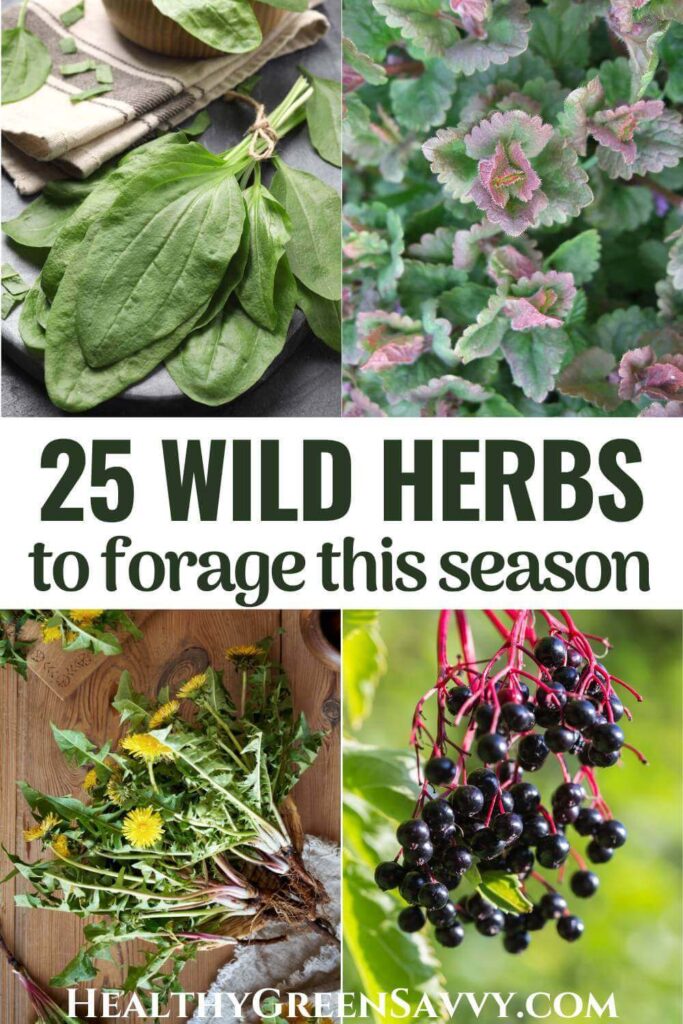
Disclaimer: I’m a health enthusiast, not a medical professional. Content on this website is intended for informational purposes only and is not meant to provide personalized medical advice. I draw on numerous health sources, some of which are linked above. Please consult them for more information and a licensed professional for personalized recommendations.
Additional photo credits in cover and pin: László, Susannah Shmurak, lejlatabak, Lawn Health; ErikAgar, lejlatabak, László, jhenning

Susannah is a proud garden geek and energy nerd who loves healthy food and natural remedies. Her work has appeared in Mother Earth Living, Ensia, Northern Gardener, Sierra, and on numerous websites. Her first book, Everything Elderberry, released in September 2020 and has been a #1 new release in holistic medicine, naturopathy, herb gardening, and other categories. Find out more and grab your copy here.

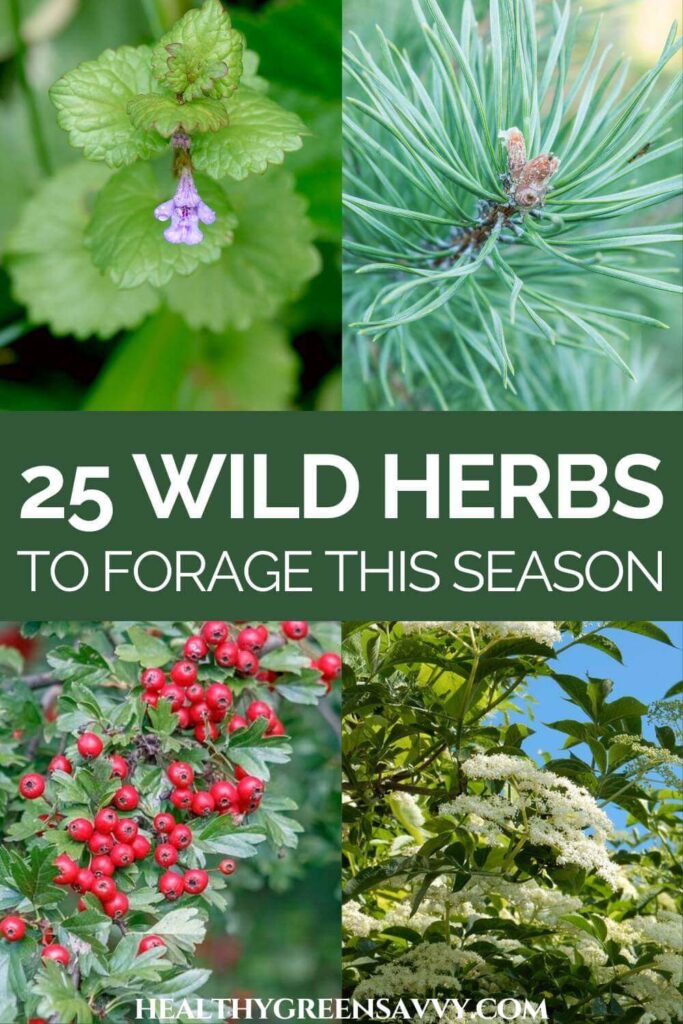

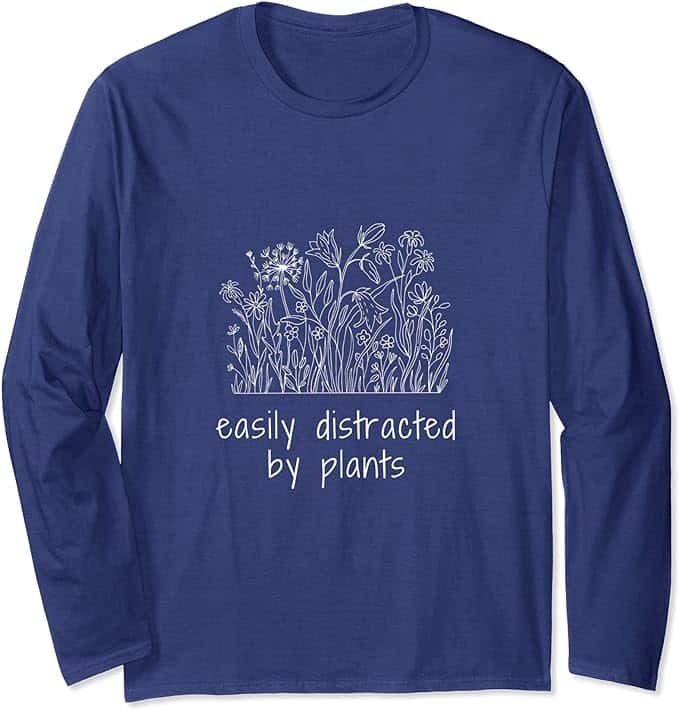
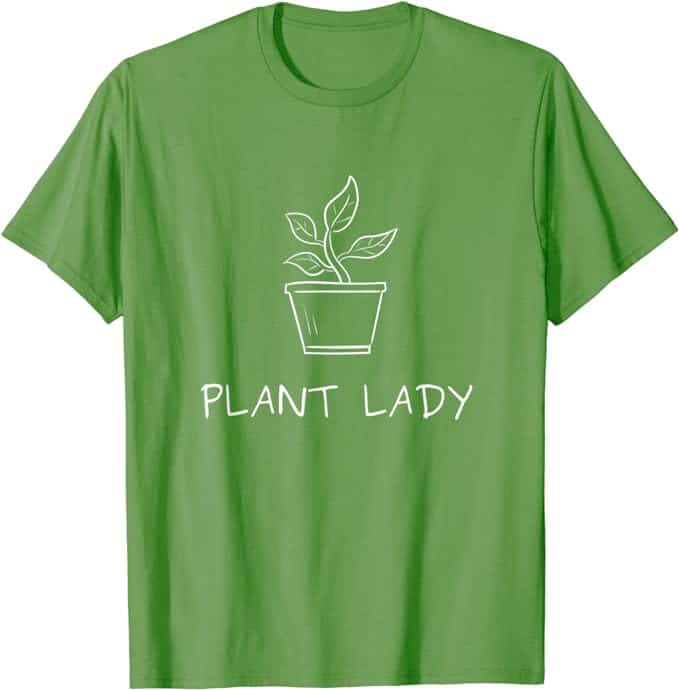
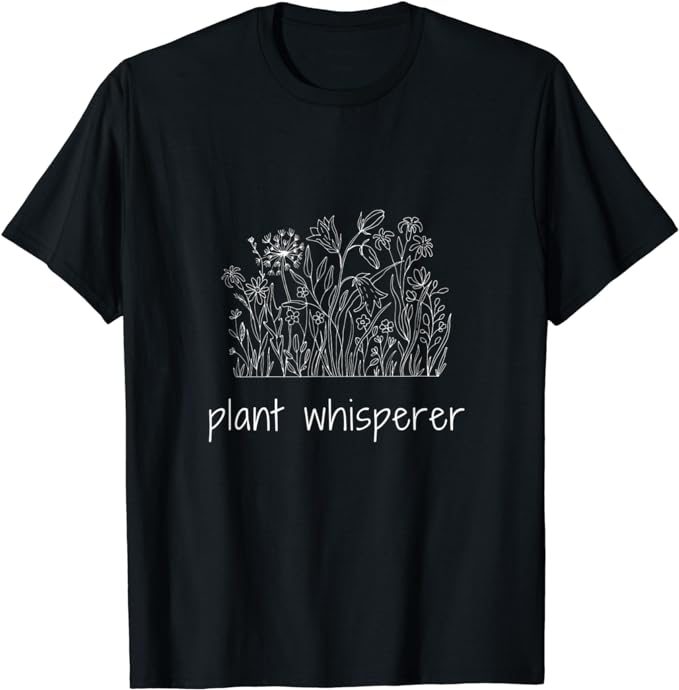
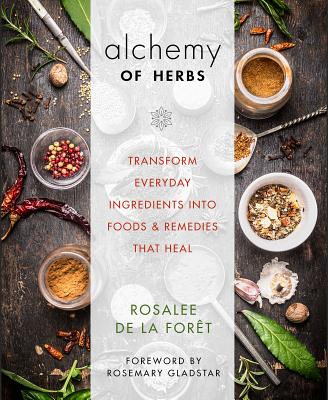
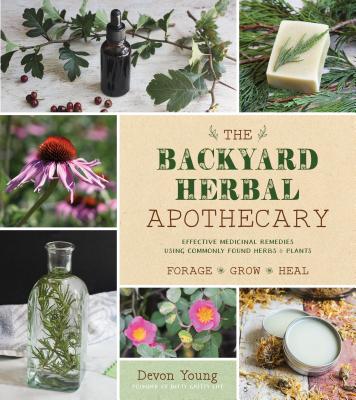

 Hi, I'm Susannah, a garden geek, energy nerd, and fan of healthy food and natural remedies. Need some simple, practical solutions for living healthier and greener? You've come to the right place! More about me and my green projects
Hi, I'm Susannah, a garden geek, energy nerd, and fan of healthy food and natural remedies. Need some simple, practical solutions for living healthier and greener? You've come to the right place! More about me and my green projects
Leave a Reply